Between 1992 and 1994, there was an epidemic of western hemlock looper (the looper) in the Prince George and Robson Valley Forest Districts. The looper is an insect that damages and sometimes kills trees by feeding on and stripping the trees of foliage. Periodically, looper populations increase sharply for several years and then decline. Such an increase happened between 1991 and 1994, when the looper damaged 14, 000 hectares of forest in the Robson Valley. The damage occurred as patches of partly, or completely defoliated, forest within a much larger forest area.
In 1995, the Robson Valley Forest District (the district) and local forest companies proposed salvage harvesting of large areas of severely damaged old growth forest. Salvage harvesting would remove trees that were dead, dying or deteriorating before the wood degraded and was no longer merchantable. Cutblocks of up to 800 hectares were originally proposed in forest development plans for the valley. By early 1996, when the silviculture prescriptions for those cutblocks were approved, the cutblocks had been reduced to less than 120 hectares to allow management of other forest values.
On July 27, 1998, a member of the public complained to the Forest Practices Board that his water supply had been affected by clearing work on a right-of-way for a power transmission line to the Kemess South Mine in northeastern BC. During the investigation of the complaint, Board staff observed that there were many instances of apparent failures by Royal Oak Mines (the licensee) to comply with provisions of the Forest Practices Code of British Columbia Act and regulations (the Code). Board staff undertook an inspection of the entire power line corridor and staff concluded that there were many failures to comply with Code requirements and that these were causing significant harm to the environment. The failures were a significant breach of the Code.
On June 28, l999, Board staff provided written notice, with details of the significant breaches, to the Forest Practices Board, the three ministers responsible for enforcing the Forest Practices Code (Forests; Environment, Lands and Parks; and Energy and Mines), senior staff of the three ministries and the licensee (Royal Oak Mines Inc.). This notification followed the procedure described in Section 4 of the Forest Practices Board Regulation. The Board assumes that the purpose of the requirement to promptly notify the ministers and licensee about significant breaches is to allow them to promptly address situations where there is significant environmental harm.
Between 1997 and 1998, Royal Oak Mines Inc., Kemess Mines Division (the licensee) constructed a 380-kilometre power line from the Kennedy sub-station at Williston Lake (south of Mackenzie) to the Kemess South mine site, near Thutade Lake in northern British Columbia. The construction involved clearing trees from a right-of-way and building hydro towers.
Prior to the clearing of the right-of-way, the complainant, who lives and works near Thutade Lake, expressed concern to the licensee and the government regarding the impact of the power line on his water supply. The complainant and the licensee discussed moving the water intake for the complainant’s water line as a form of compensation and considered a draft contract stipulating the amount of compensation. However, the licensee subsequently withdrew the offer.
On January 31 and on February 6 and 7 of 1997, Northwood Pulp and Timber Limited (the licensee) advertised an opportunity for the public to review and comment on the 1997-2001 Forest Development Plan for Forest Licence A18165 near the McGregor River, 120 kilometres east of Prince George. The plan was available for viewing during a five-day open house at the company’s Prince George office from February 24 to 28, and written comments from the public were to be accepted until April 1, 1997.
The licensee submitted the development plan to the Prince George District office of the Ministry of Forests on March 3, 1997, but added additional information and re-submitted the plan on April 16, 1997. On May 30, the district manager noted that the plan did not contain information required under the Code and instructed the licensee to resubmit the plan in full when the content requirements were met. The following information was missing: classification of streams, wetlands and lakes as well as terrain stability, heritage resources, watershed assessments, visual impacts, wildlife, green-up and roads.
This is a report on a compliance audit of Forest Licence A18157 held by Plateau Forest Products Ltd. (Slocan Group). The audit examined Slocan’s timber harvesting and road practices, and related operational plans for the period of August 1, 1996, to August 11, 1997. The audit assessed compliance with the Forest Practices Code of British Columbia Act and related regulations (the Code).
